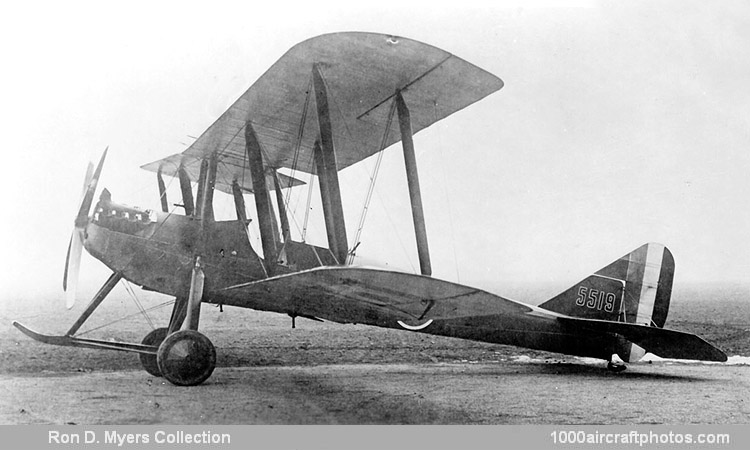08/31/2015. Remarks by Johan Visschedijk: "The original aircraft manufacturing firm which bore the name of Armstrong Whitworth came into existence in 1914 as the Aeroplane Department of the large engineering firm of Sir W.G. Armstrong, Whitworth & Co., Ltd. at Gosforth, Newcastle-upon-Tyne, England. The first works manager was that great Dutchman, Frederick Koolhoven.
In the summer of 1914 it was officially decided to adopt the B.E.2c as a standard type for both the RFC and the RNAS, and among the first manufacturers to be awarded contracts for its production was Armstrong Whitworth.
When the necessary drawings were received from the Royal Aircraft Factory, study of them led the firm to declare the B.E.2c to be complicated and difficult to construct. Armstrong Whitworth offered to design and produce an aeroplane which would be structurally simpler than the B.E.2c but equally efficient. The firm were granted permission to do so, and Frederick Koolhoven produced the design of the F.K.3. Work began in August 1915, and, after the successful completion of official trials, large orders for F.K.3s were placed with Armstrong Whitworth (at least 300), and with Hewlett & Blondeau at Luton, England (at least 200).
In general appearance the F.K.3 bore a certain resemblance to the B.E.2c, particularly in its original form, when it carried its crew in two separate cockpits similar in shape to those of the B.E., and the pilot occupied the rear seat. An interesting experimental modification was made to an early F.K.3 in 1915. Koolhoven added a third mainplane above the normal biplane wings in order to measure the increased lift and drag produced by the arrangement. This machine flew well and had a remarkably flat glide. It seems probable that it may have provided some data for the design of the Armstrong Whitworth F.K.12 triplane.
Production F .K.3s showed several major differences from the prototype, chief of which was the interchange of the pilot's and observer's seats. The crew occupied one large communal cockpit, somewhat similar to that of the D.H.6. With the pilot in the front seat, the observer could use a gun much more effectively. Dual controls were provided. The shape of the fin and rudder was modified to be neater in appearance but greater in area than that of the prototype; the rudder was still a horn-balanced surface. The landing gear was an interesting structure which included a central skid and yet had oleo shock absorbers attached to the fuselage, at a time when rubber cord was the almost universal shock absorbing medium. The design of the oleo components was influenced by the recoil mechanism of the famous French 2.95 in (75 mm) gun.
The operational service of the F.K.3 was in the Middle East theatre of war. In Macedonia the type was used by No. 47 Squadron, which arrived at Salonika on September 19, 1916, and remained in service with that unit until 1918. The F.K.3 was called upon to perform a variety of duties by No. 47 Squadron, including bombing attacks (usually without an observer due to weight restrictions), while artillery cooperation and contact patrols were also performed. At home the F.K.3's normal use was as a trainer, a duty for which its viceless flying characteristics made it admirably suitable. It was almost as foolproof as the D.H.6, but was much lighter on the controls. The F.K.3 was capable of performing all the aerobatics which were in practice at the time of its existence. The type was also used for training observers, when a camera gun was carried. To the RFC it was familiarly known as the "Little Ack", to distinguish it from the later F.K.8 or "Big Ack".
After the adoption of the Avro 504 as the standard training aeroplane, the F.K.3 was almost completely supplanted, but a fair number survived until the Armistice. Some were sufficiently long-lived to go on the British Civil Register, at least one of these was fitted with a plain V-landing gear."
